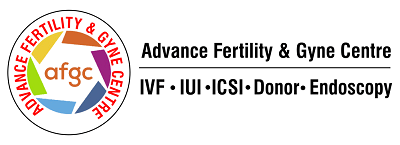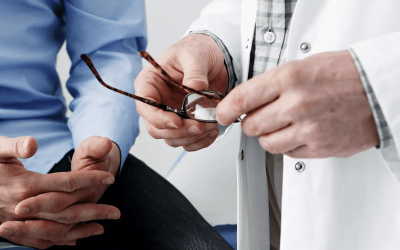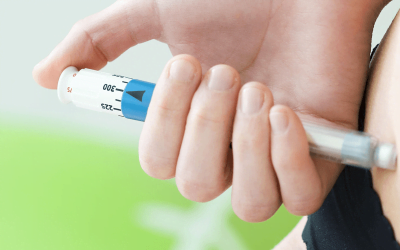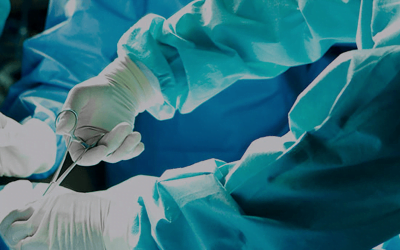Laser Hatching

Laser Assisted Hatching (LAH) IVF Treatment in Delhi
What is Laser Assisted Hatching?
The human embryo is surrounded by a shell called the zona pellucida and it has to come out of that shell to get implanted into the uterus. Laser hatching in IVF is a lab procedure in which the zona pellucida (outer shell) of the embryo is gently thinned with a laser to increase the chances of implantation.
Why do we need Laser Assisted Hatching?
Usually, embryo hatching is done naturally by zona lysis, but in some cases the trophectoderm may not be able to release the lysing agents. This makes the embryo unable to come out of the shell, leading to implantation failure.
How is Laser Hatching in IVF done?
Laser assisted hatching is usually done on day 3 of embryo development (cleavage stage embryos) though it can be done on blastocysts as well. In this procedure, a special laser is used to make an artificial hole in the zona pellucida with 2-3 shots of approx. 5-10 micrometer, so that the embryo can hatch out of the shell and have a great chance of getting implanted into the uterus.
In what conditions is Laser Assisted Hatching indicated?
Laser Assisted Hatching is recommended for patients with advanced maternal age, thick zona Pellucida, recurrent implantation failure, or unexplained infertility.
Laser Hatching in IVF in India
Laser Assisted Hatching has emerged as a widespread technique within the field of IVF in India. This innovative procedure has gone a long way in improving the chances of a successful pregnancy by enhancing the embryo’s ability to implant in the uterine lining, making it a boon for Indian women.
As one of the leading countries for fertility treatments, India has caught on with laser hatching as a key advancement in reproductive medical care. So it is easy to see why renowned fertility clinics and specialists in the country have embraced laser hatching and have included this technology to their available facilities.
This procedure has gained widespread prominence as it is safe, minimally invasive, and has shown promising results. Moreover, it has provided hope to couples struggling with infertility, making India a go-to destination for cutting-edge IVF treatments like laser hatching.
Most IVF facilities in India have a team of expert medical staff who are trained to help you understand your unique condition and how laser-assisted hatching can help you with a healthy and happy pregnancy. Laser hatching cost in India is usually high, but you will also find affordable prices in many facilities.
Laser Hatching in IVF is a technique where a specialised laser is used to create a small opening in the outer shell (zona pellucida) of the embryo before implantation. This facilitates the embryo’s emergence, enhancing the likelihood of successful implantation in the uterus.
Laser Hatching during an IVF cycle is performed using advanced laser technology. The delicate process of creating a small opening in the zona pellucida, which the embryologist precisely targets, calls for skill in order to increase the embryo’s chances of implanting successfully.
Laser Hatching in IVF at Advance Fertility is beneficial for certain types of embryos, particularly those with a thicker or hardened zona pellucida. The process increases the likelihood of a successful implantation by assisting embryos that might have difficulties hatching on their own.
Yes, Laser Hatching can be customised based on individual patient needs. Each patient’s unique needs and the qualities of the embryos are taken into account during the procedure, guaranteeing a customized approach for the best possible outcomes.
Laser Hatching is not a routine procedure for all IVF cycles. It is only advised in certain cases depending on unique elements found during the evaluation, such as the quality and traits of the embryo. The fertility specialist and I work together to make this decision.






